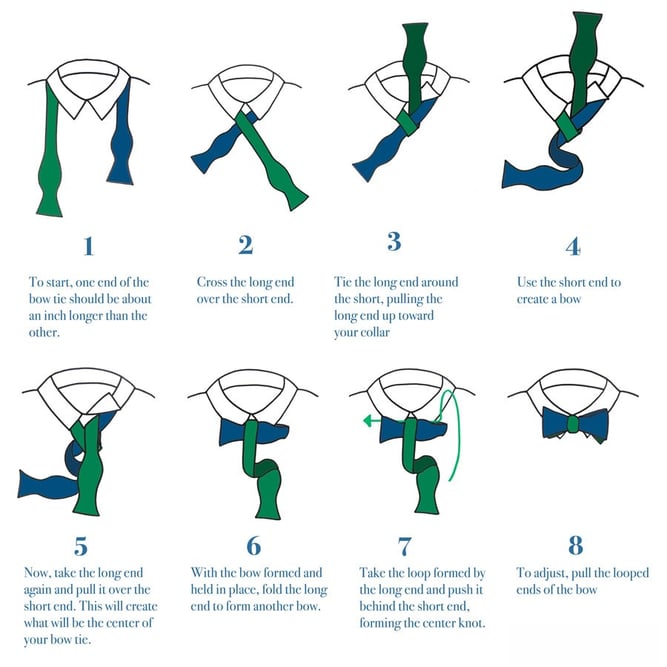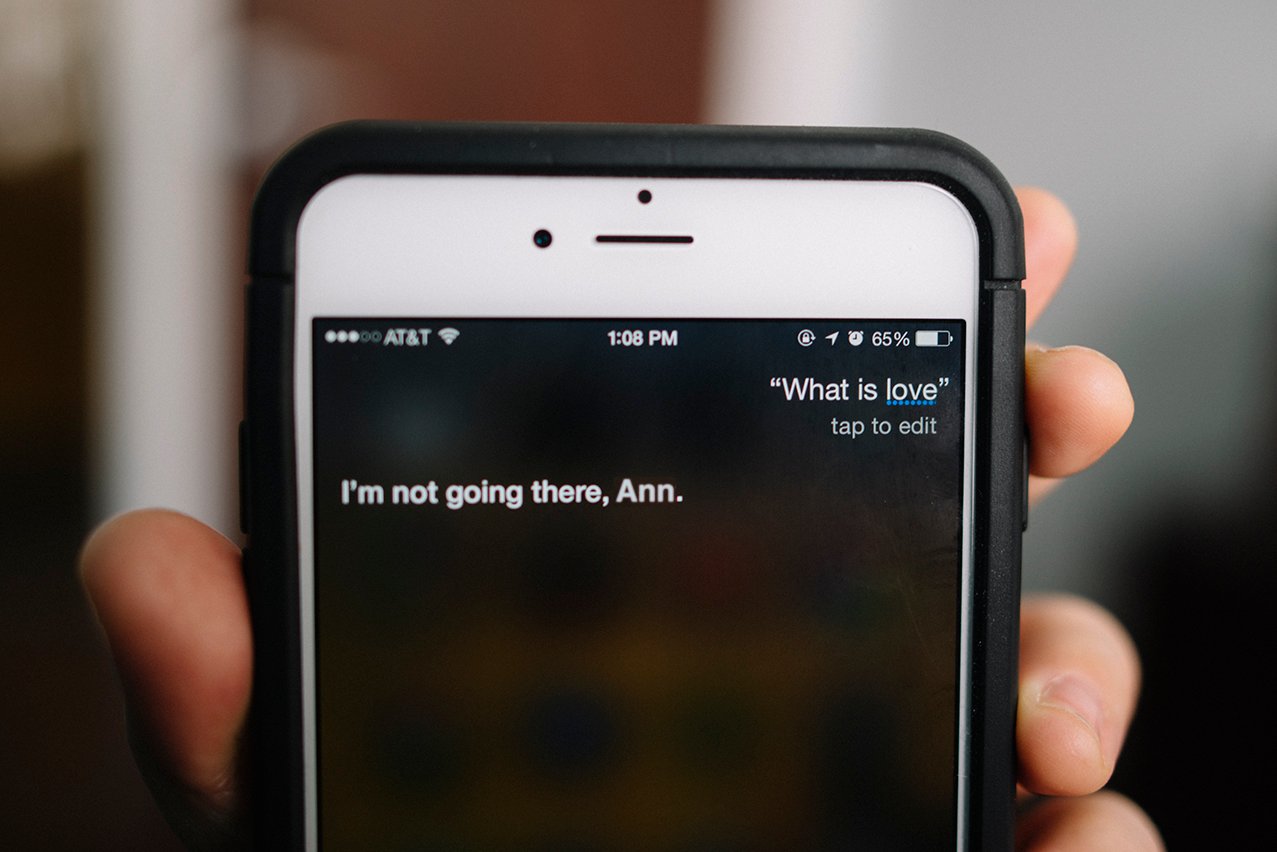By Ethan Edwards, Chief Instructional Strategist / @ethanedwards
 One of the most powerful design ideas for creating good e-learning also seems to be the one that designers find hardest to accept and adopt. It is the “test then tell” approach at the heart of learner-centered design. Simply put, “test then tell” encourages us to begin an instructional sequence, not with content, but by presenting the learner with a challenge—some specific task or test of performance—and then provide content by way of feedback based on how learners did.
One of the most powerful design ideas for creating good e-learning also seems to be the one that designers find hardest to accept and adopt. It is the “test then tell” approach at the heart of learner-centered design. Simply put, “test then tell” encourages us to begin an instructional sequence, not with content, but by presenting the learner with a challenge—some specific task or test of performance—and then provide content by way of feedback based on how learners did.
The tradition of instructional design is locked in the idea that primary duty of instruction is to teach through information delivery. In fact, for many training tasks, content is not the challenge at all. Rather, the training mainly needs to help learners do something they haven’t done before. Often the learning is just getting a new perspective on or adjusting a performance routine associated with something already familiar.
Here’s an example: it is a common occurrence for someone to ask me how to tie a bow tie. “You have to teach me how to tie a bow tie!” he or she commands me, and then stares at me expectantly, waiting to be taught. If you are puzzled about how one teaches bow tie technique, a quick online search shows us that there is actually great uniformity in the world of bow tie instruction. If one looks for it, one is guaranteed to find something like this (from my favorite source of bow ties, Beau Ties, Ltd.):

There’s nothing wrong with this instruction, per se, but I can’t imagine that it has done the slightest bit of good for anyone on its own. In truth, there is very little to teach, even though these instructions suggest a task of almost unimaginable complexity. Anyone who can tie his shoes can tie a bow tie. There isn’t anything else to learn, and any amount of talking about it is not going to really provide anything additional that is useful.
This is not to say that tying a bow tie is easy to learn. It actually takes dedication and a great deal of practice to master. But the challenge has almost nothing to do with content knowledge. The learning has to come from trying it and then getting feedback to adjust how one thinks about tying a bow—especially when one can’t really see what he or she is doing. The most efficient and successful learning starts with (most likely) a failed attempt, followed by coaching, perhaps a demonstration of a particular step, additional attempts with focused feedback, ultimate success, and then lots of practice.
And yes, tying a bow is a physical task, so some different rules apply, but the “test then tell” principle applies very much to the more typical topics that occur most frequently in e-learning. If we let go of the need to “teach,” we find that so many things we attempt to train are pretty much the same.
-
Software training. Once a person is familiar with even a simple software program, very few additional skills are necessary to learn other software. There’s no need to spend time teaching clicking and typing, or even recognizing the placement of menus or manipulating buttons or standard interface components. Learners just need to figure out how to apply what they already know how to do in a new context. So it makes most sense to let learners try to perform a task, and then decide what advice they need based on their failures and successes.
-
Soft skills. Most soft skills are based logically on common life experiences and interpersonal dynamics. We know that special practices and approaches are more effective than others, and the purpose of training is to highlight and reinforce those in learners. But rarely is the actual content a surprise to anyone. Soft skills training mainly involves helping learners to find patterns, focus attention, and develop commitment to new performance routines. Again, it is most efficient to let learners perform a little before inundating them with loads of content. Without the focus that a goal-driven task provides, general content often creates more confusion than positive assistance.
-
Compliance training. Most compliance training is not focused on delivering new content, but rather verifying a common baseline competence among all employees. This is especially true in situations where learners are required to demonstrate that they are still on top of skills that they mastered for the previous year’s compliance training. It is much more interesting to learners for the lesson to assume competence and then deliver content after the learners encounter difficulty.
I could continue with many other examples. In fact, it’s much harder to come up with examples where “test then tell” is NOT appropriate. The chief examples are the rare cases when an absolutely brand new skill is being learned in a context that learners have never experienced or previously heard of, with the goal of performing a function that possesses no previously-known value or result. Believe it or not, those circumstances are hard to come by.
So I encourage you be brave and own the power of “test then tell” in your e-learning designs. You’ll find that it will save you a lot of tedious content writing and delivery, and more importantly, engage your learners at a much higher level of interest and result in more significant performance gains.
LIKE WHAT YOU'VE READ? SHARE THE KNOWLEDGE WITH YOUR PEERS USING THIS READY-MADE TWEET!
CLICK TO TWEET: The Power of “Test Then Tell” in #eLearning #Design http://hubs.ly/H02bLTF0 #aiblog
-1.png?width=75&height=75&name=Copy%20of%20It%20is%20not%20the%20strongest%20of%20the%20species%20that%20survive%2c%20nor%20the%20most%20intelligent%2c%20but%20the%20one%20most%20responsive%20to%20change%E2%80%99%20(11)-1.png)






Comment